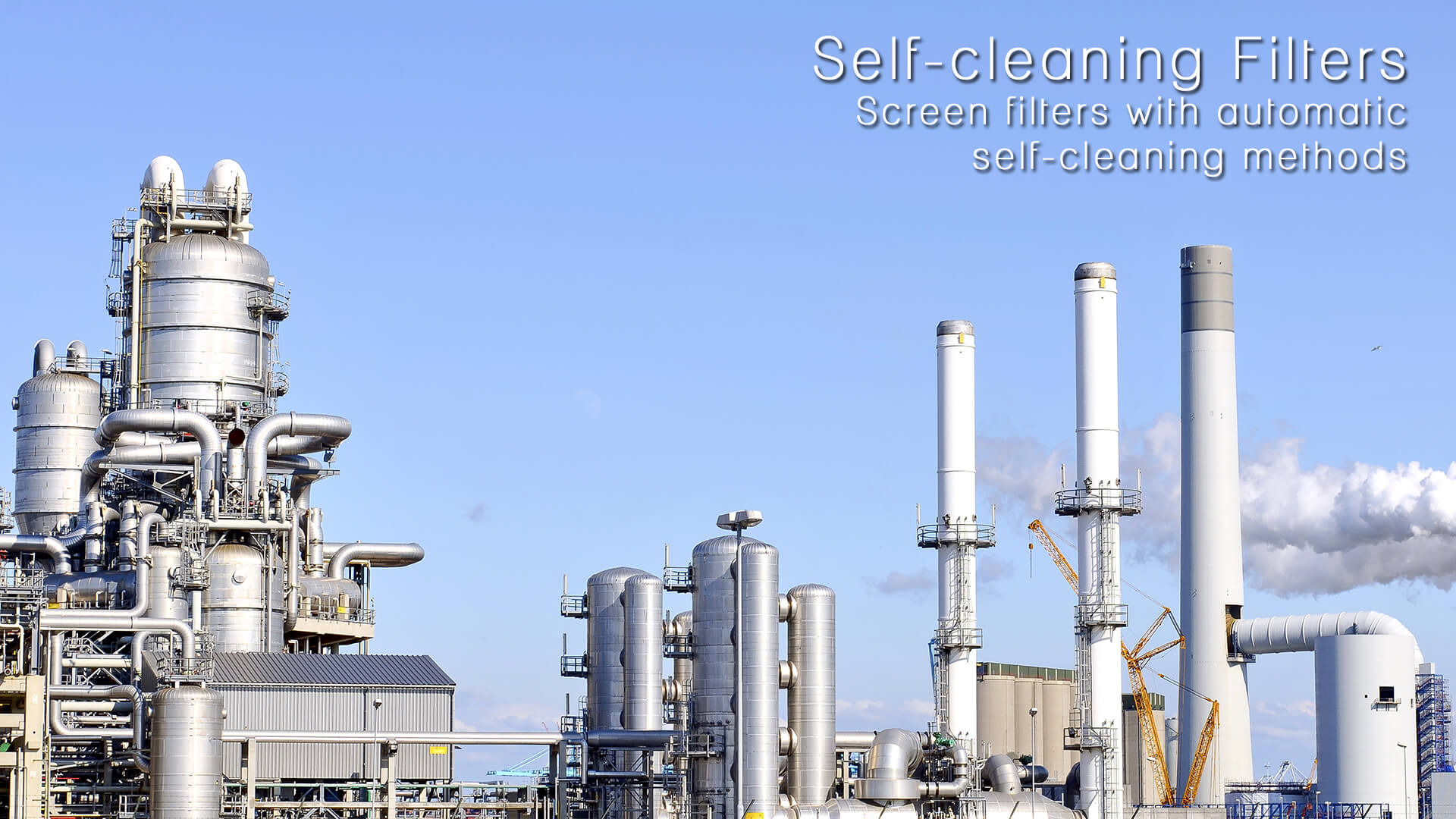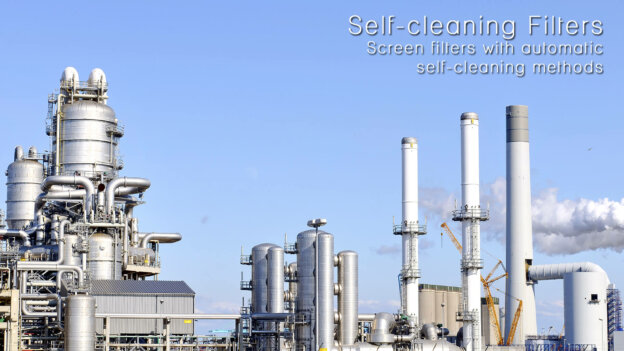
Self-cleaning filters which are available in the market presently are modern inventions that save energy, water, and money which goes into the production and also let these valuable resources be used in an efficient manner. The filters with backwash system and automatic self-cleaning technology provide an upper hand over the market. With its efficiency to serve better, the self-cleaning filters are an opportunity to reinvent filter as well as production business.
Semi-Automatic self-cleaning filters
The screen filters with automatic self-cleaning methods could be using one of the two possibilities:
- The direct flushing which involves the opening of the dirty side of the screen element to the outside during the filtration process. This facilitates direct flushing of rubbish off the screen without tethering the direction of the flow. This specific method though is very selectively successful and hence is not suitable for every situation or condition. The automatic self-cleaning method of direct flushing could cause damage when done with certain reactive elements when left to engage with the atmosphere outside.
- Another method for automatic cleaning comprises of the back-flushing method in which it is required to take the filter off-line. Once the filter is taken off-line, the water is then passed through the filter in a backward direction from normal flow, which successfully removes solids from the element and debris from the filter body.
The back-flushing method indeed is better than direct flushing, but this method has its own set of setbacks. With little parts in small intervals being cleaned, it could be a long day job and hence forces wastage of time and utility. Only a portion of the screen is really clean when the whole process ends and therefore a need to search a better alternative is a must.
The answer to all the worries regarding back-flushing is facilitated by focused back-flushing method or suction scanning if we want to be more technical in the matter of terms. It is the process of developing a suction force by reversing the flow through a small portion of the screen element. The differential pressure between the atmosphere and the small portion creates a very high velocity for the water stream to travel backward (pulling) hence pulling the dirt layer with it outside. This small area is slowly moved upon the entire screen area and hence cleaning the whole screen successfully.
Fully automatic self-cleaning filters
The fully automatic self-cleaning filter operates on a self-cleaning suction scanning filter. The process is likely to occur with the dirty water flowing into the filter through the inlet flange at the bottom of the filter body, water then proceeds through the screen element from the inside out causing the particulates to form a filter cake inside the screen. The emission leaves the body through the margin opening on the side of the filter body formed. The cycle continues accordingly to the pressure created by the filter cake formed in the screen with the pressure of the atmosphere outside and the screen element. The total pressure reduces with the reduction of waste and rubbish on the screen and hence the whole screen element is cleansed without any interruptions.
The filter screen cleaning channel is a suction scanner constituting of stainless steel assembly which rotates while allowing movement linearly. The suction scanner consists of a central tube with six nozzles spaced along the length of the central tube positioned perpendicular to the longitudinal axis of the central tube. A flush valve connecting the internal cavity to the atmospheric pressure outside the filter body is constituted inside by the opening of the flush valve. The differential measured pressure between the water inside and outside the filter body creates high suction forces at the opening of each of the suction scanner nozzles. The suction force causes water to flow backward through the screen element and sucks it out the exhaust valve to waste. The driving mechanism or channel then rotates the suction scanner at a slow pace, fixed rotation while simultaneously moving the scanner linearly at a fixed speed. The combination of these movements of rotation and linearity gives each suction scanner nozzle a spiral path inside the surface of the screen. The cleaning cycle is completed in a very short and quick span of 4-0 seconds, during which the nozzles remove the filter cakes from every corner of the screen element.
Synopsis
Automatic self-cleaning screen filters provide a low-cost means of removing suspended solids down to 10 microns from water streams. Filters furnished with the efficient suction scanning principle allow the filter cake to be removed completely from the screen surface within seconds without physically touching the screen itself. The whole process of suction scanning cycle is always uninterrupted hence providing clean water downstream of the filters, thus eliminating the need for duplex systems. The proven record of long-life, a wide range of filtration degrees and low maintenance, automatic self-cleaning screen filters are used in industrial, municipal and commercial applications. Fully automatic self-cleaning screen filters abolish the high cost and the labor associated with replacement cartridges and therefore can be integrated into SCADA or other monitoring systems.

